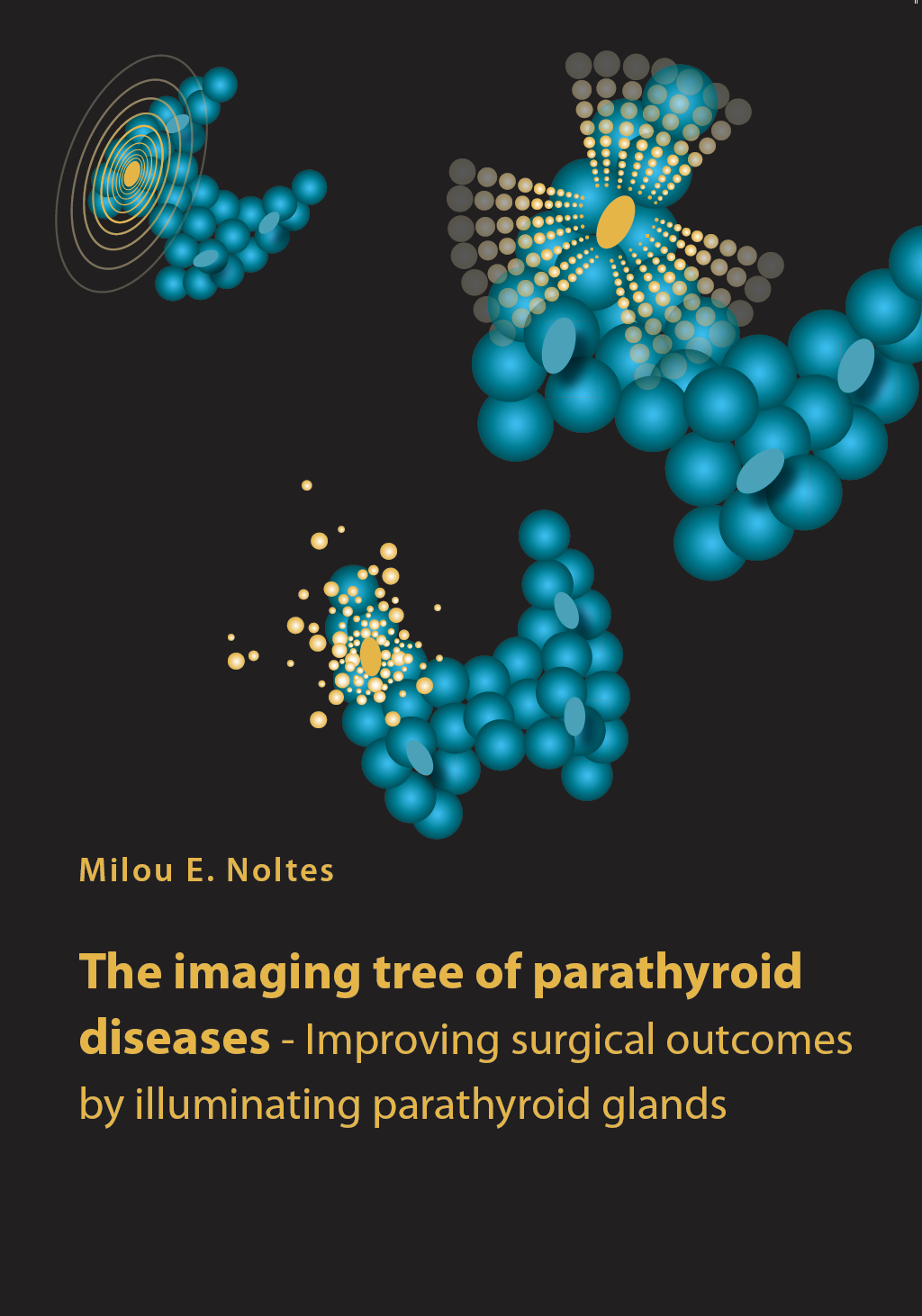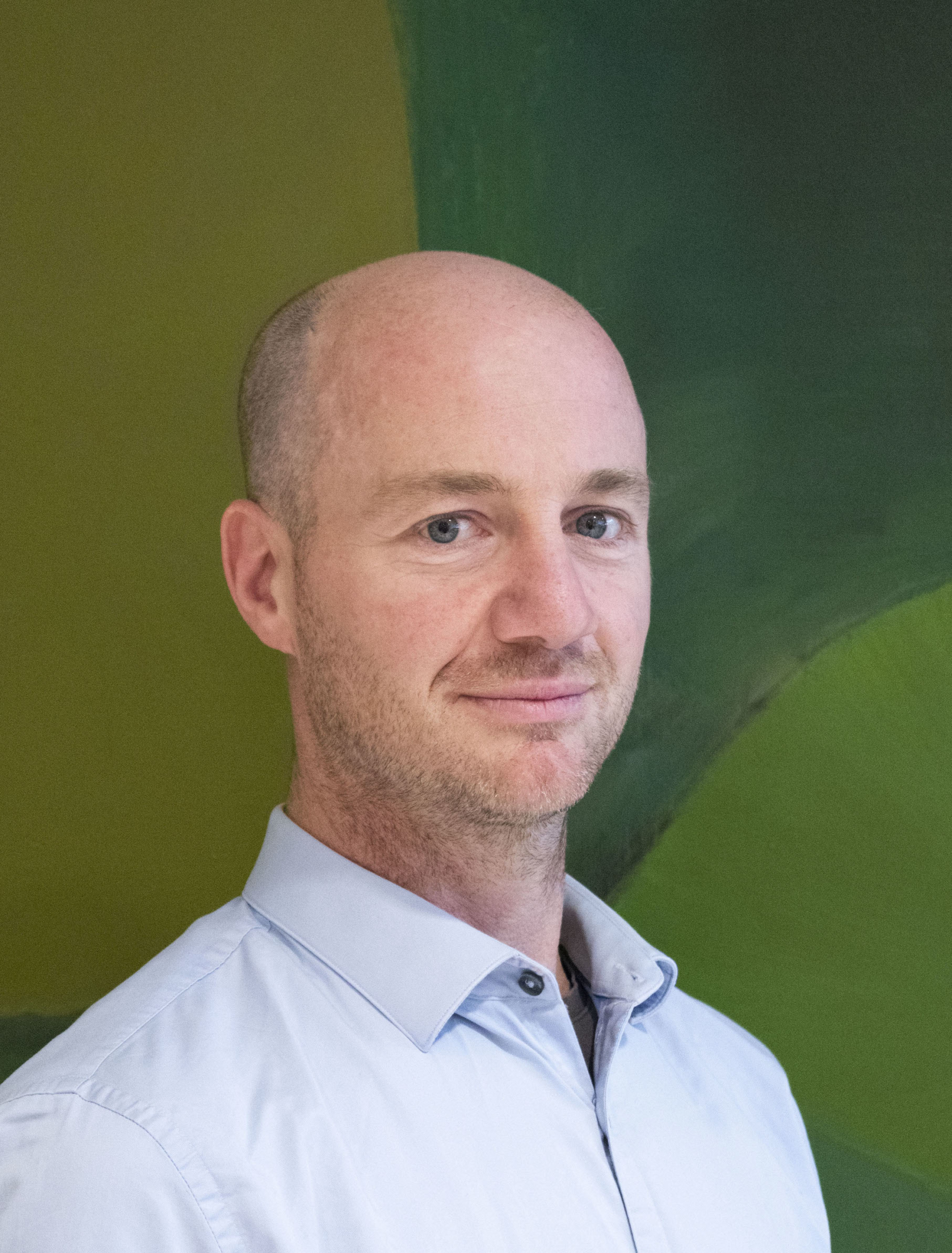Upcoming: PhD defense Milou Noltes
Milou Noltes will defend her PhD on the 22nd of June 2022 at 14:30, at the academy building in Groningen. The title of her thesis is: “The imaging tree of parathyroid diseases – Improving surgical outcomes by illuminating parathyroid glands”. The complete thesis can be found here and the online defense can be followed via this link.
Abstract
The current thesis investigates diagnostic molecular, optical, and optoacoustic imaging techniques in parathyroid diseases. These imaging modalities may support surgical planning and have the potential to provide critical anatomical and biological information before and during surgery. In the first part of this thesis, we found that employing nuclear imaging techniques according to a standardized method in patients with primary hyperparathyroidism allows for the localization of parathyroid diseases with high accuracy before surgery. As a result, a minimally invasive surgical intervention is sufficient in these patients with fewer complications.
The second part of this thesis focuses on preserving parathyroid glands during thyroid surgery to prevent hypoparathyroidism using optical fluorescence and optoacoustic imaging. Optical fluorescence imaging, where a fluorescent imaging agent lights up blood vessels during surgery, can assist in this clinical challenge. Moreover, optoacoustic imaging, an imaging modality that uses light to generate ultrasound waves, thereby providing both anatomical and biological information about the tissue, may be of help. We show the potential of standardized and quantitative optical and optoacoustic imaging in thyroid surgery patients to support clinical decision-making and ultimately prevent parathyroid function impairment. To incorporate these imaging techniques into the standard of care, we need to collaborate internationally to standardize evidence-based imaging and treatment guidelines. Eventually, illuminating parathyroid glands using these different techniques on the imaging tree of parathyroid diseases may guide surgical decision-making and improve surgical outcomes.

